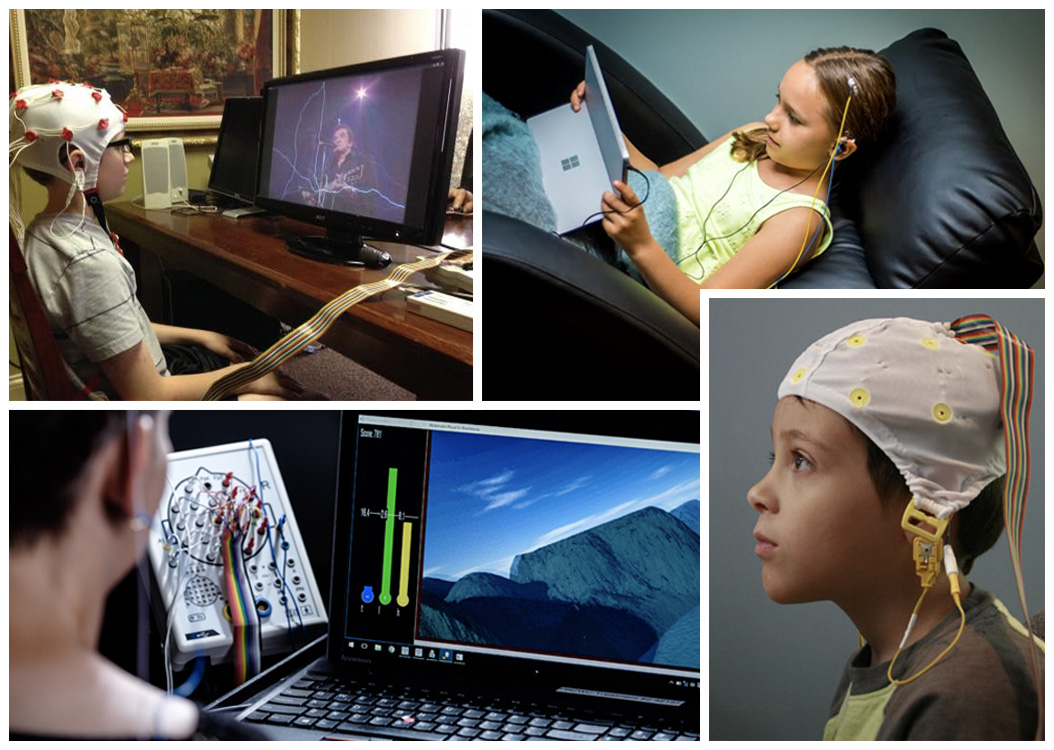Unlocking the Mysteries of the Mind Through qEEG Cerebral Mapping Techniques in Mental Wellness Assessment
Unlocking the Mysteries of the Mind Through qEEG Cerebral Mapping Techniques in Mental Wellness Assessment
Blog Article
Comprehending the human mind is a complex task, particularly when it comes to mental health. Traditional approaches of assessment frequently depend on interviews and questionnaires, which can sometimes miss important aspects about how the brain functions. This is where quantitative brainwave analysis, or qEEG, comes into play. qEEG is a specialized technique that measures electrical activity in the brain. By analyzing these brainwaves, mental health experts can obtain valuable insights into a person's mental state, helping to improve diagnosis and treatment.
qEEG works by placing small sensors on the head to capture brain activity. These electrodes detect electrical impulses produced by nerve cells, the cells in the brain that interact with one another. The information gathered is then processed and displayed as a series of patterns. Each type of neural wave—such as alpha, β, delta, and theta—relates to various mental states and activities. For example, α oscillations are commonly linked with relaxation, while β oscillations are linked to active cognition and issue resolution. By examining these trends, healthcare providers can identify abnormalities that may suggest psychological health concerns.
One of the major advantages of qEEG is its capability to offer unbiased data. Unlike conventional evaluations that rely on subjective accounts from patients, qEEG offers a clear picture of neural activity. This clarity can help reduce prejudices in diagnosis and result to more accurate treatment plans. For example, if a client is facing anxiety, qEEG can reveal specific patterns of brain function that are linked with stress conditions. This data enables psychological health professionals to tailor interventions more effectively, whether it be through counseling, pharmaceuticals, or alternative treatments.
Moreover, qEEG can be particularly useful in tracking intervention advancement. By conducting qEEG assessments at different stages during treatment, healthcare providers can monitor variations in neural activity over time. This ongoing evaluation helps determine whether a treatment is effective or if adjustments are needed. For example, if a patient is not responding to a particular medication, qEEG may show that their brain activity has not changed in a way that suggests progress. This feedback cycle can result to more customized and efficient psychological health treatment.
In summary, qEEG cerebral mapping is a powerful tool in the field of mental health assessment. By providing objective data about neural function, it improves the comprehension of different psychological health disorders. This method not only assists in precise assessment but also assists in tracking intervention success. As psychological health experts persist to explore the potential of qEEG, it holds promise for improving the lives of individuals facing psychological health issues. With continuous investigation and progress in techniques, the mysteries of the brain may turn more apparent, resulting to better results read for those in need of support.